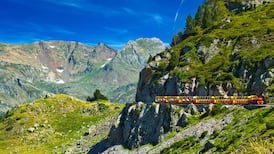Ireland is fortunate to have so many architectural remains of our ancestors surviving still in the landscape, stretching right back to when we first settled here after the last Ice Age. We are mostly aware of the high-profile sites, such as Glendalough, Newgrange and the Rock of Cashel, but the OPW manages 780 historical sites in total – how well do we know these?
While the busiest sites attract half a million visitors a year, others only get a few thousand, or even hundreds. As inheritors of a bamboozlingly rich heritage, we owe it to ourselves to familiarise ourselves with, at least, the 75 sites that have staff and facilitates to help interpret them. Places like Newmills Corn and Flax Mills, Scattery Island, Tintern Abbey and Desmond Hall are just waiting to be discovered.
We'll start with Scattery Island as it is the only island owned and run by the OPW, and this tiny patch of land in the Shannon Estuary that few of us have ever seen is almost ridiculously well-endowed with heritage sites. There's the ruins of six churches, a round tower, a lighthouse, Elizabethan military buildings, 18th-century soldiers' barracks and numerous defensive batteries that were erected over centuries to protect the mouth of the Shannon. All of this just a short ferry ride from Kilrush, Co Clare.
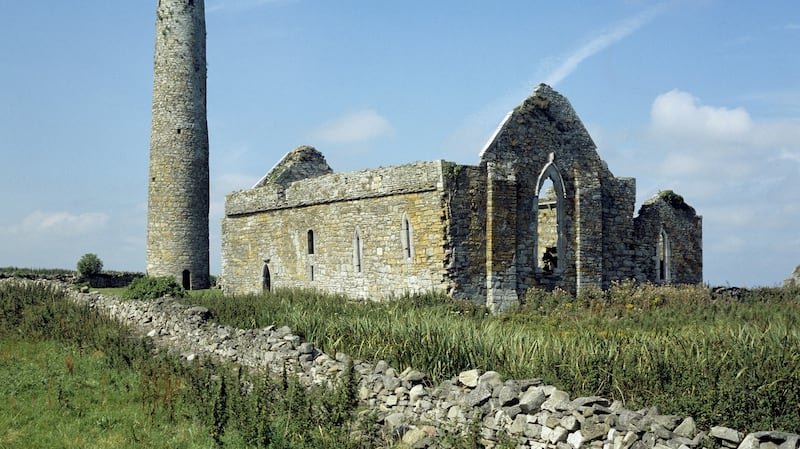
The principal focus of the island is a monastic settlement founded in the early 6th century by St Senan, and his cult is still as strong here as Elvis' is Graceland, with his grave, his well, and numerous buildings all preserved, including a gorgeous 12th-century Romanesque chapel, and one of the highest round towers in Ireland that survived attacks by everyone, from the Vikings to Brian Boru. This minuscule island even has a cathedral with Senan's head carved into the outside of it.
For the last 500 years, the same nine families of skilled river pilots and expert currach handlers lived on Scattery until they abandoned it in 1978, and the mark of their habitation and their predecessors, right back to from 534AD, are clearly visible, with perhaps the most remarkable feature being Teampeall na Marbh, which displays the effects of their unorthodox burial practices. For Pádraig Ó Ruairc, the site’s supervisor, it is the tranquillity of the site that has the greatest impact. “There’s complete isolation and peace here. We run a free tour and visitors centre, but you can just as easily wander off on your own, bird watching, studying the flora or wandering the ruins. Keep an eye out for kestrels when you’re here.”
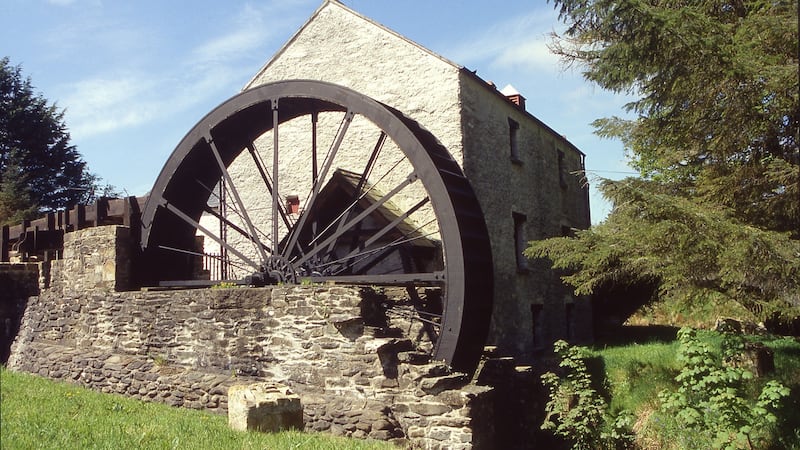
Newmills Corn and Flax Mills, near Letterkenny, Co Donegal, is another OPW oddity, in that it is one of the few monuments of industrial archaeology in State care. It consists of two separate water-driven mills, one for grinding oats and barley, and the other for extracting the fibres from flax plants. The State now owns the entire complex, consisting of the mills, a forge, a farm, grocery store millhouse and a 'scutcher's cottage', where workers processed the flax for linen making. The mill was drying, grinding and sieving two tonnes of grain per day until the 1960s. If you go at the right time you'll see the mill stones grinding, the sacks being hoisted, the sieves shaking and fans blowing. The director, Seán McLoone, urges people "to stand back and watch the water from the mill race on the River Swilly filling each bucket on the giant wheel to make it turn, and you'll feel the whole building vibrating with the power of it."

Corlea Trackway near Keenagh, Co Longford, offers possibly the most visceral museum experience in Ireland, with 18 metres of original Iron Age bog road preserved in a climate-controlled space. Nothing is replicated or 'interpreted': the massive oak planks lie just as they were 2,000 years ago across the bog to form a track towards the Shannon. Although wide enough for two chariots to pass side by side, the timbers, dating from 148BC, mysteriously, show no sign of use.
For Mary Forbes, a guide at Corlea, it is this mystery that is most alluring: "There is no other preserved trackway like this on display in Europe, let alone Ireland. Some believe it was an avenue connecting the royal site at Croghan, Co Roscommon, to the Hill of Uisneach in Co Westmeath. There is also a theory that it is to do with ritual, that just as butter and bodies were buried in bogs as votive offerings, the trackway may have been a similar thing. The fact that it is made of oak, the most sacred of trees, is significant. It definitely seems like a statement of power, a symbolic offering to the gods, perhaps, and a demonstration of the abilities the people had at the time." Forbes recommends visitors take the time to explore the excellent walking trails that Longford County Council has now built out across the bog, including one that links to the Royal Canal Greenway.
The Swiss Cottage outside Cahir, Co Tipperary, is the ultimate child-pleaser amongst the OPW sites. This fairy-book cottage orné is a fantasy play house, with a curving thatched roof, like something a very neat otter might make, and a tree-branch trellis which appears to be knitted out of the surrounding woodland. Its position on the banks of the River Suir at the end of walk through mature woodland and ancient yews in the grounds of Cahir Castle make it an ideal family excursion, as the doll's house interior will appeal to children, while the rustic, handcrafted exterior has a timely hipster allure. For Karen Sheehan, a guide at the site, the most intriguing element is that, "though it has two bedrooms, a tea room, a music room and wine cellar, Lord and Lady Cahir never actually spent a night here", although she is more coy about whether his lordship may have entertained his mistresses here on occasion.
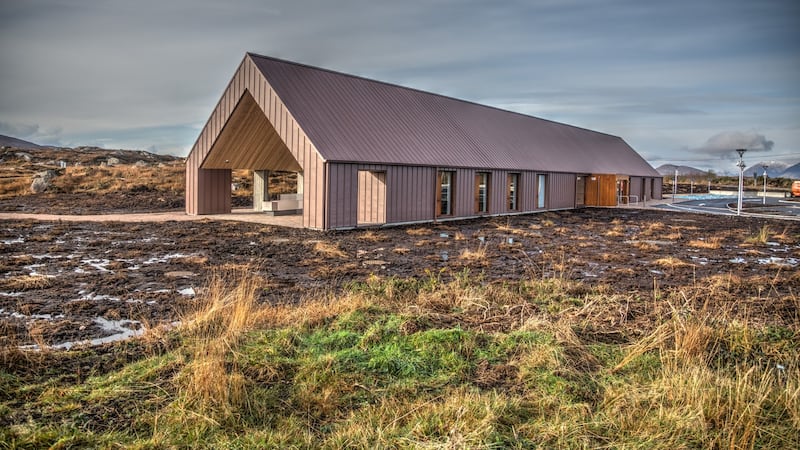
Another romantic indulgence is Teach an Phiarsaigh, Patrick Pearse's summer cottage, in a gloriously remote part of Connemara by Loch Oiriúlach. Though seemingly centuries old, it was built by Pearse in 1909 in the traditional style, with an iron crane over its enormous hearth, cubby holes built into the thick walls and a simple iron bed with well-worn, patchwork sheets. "This is the most remarkable thing for me," says Cillian de Grás, site manager, the fact that an early 20th-century, middle-class Dubliner would choose to come to stay in a thatched cottage in Connemara at all. At the time, the people that lived here were often dismissed as 'ignorant' and 'backward'."
The space is strangely effecting; resonant with the thought of Pearse writing his short stories at the simple desk looking out on the rocky land, and also composing his 1915 oration speech for O’Donovan Rossa’s funeral, that did so much to ignite the flame of revolution in Ireland. The cottage and its surrounding trails were an incubation space to foster some of Pearse’s most promising students at Scoil Éanna, who went on to build the Ireland he envisioned after his execution.
De Grás urges visitors to “spend some hours roaming the area to get a full feel for its potency and swim in the lake where Pearse used to swim, even though he wasn’t a very good swimmer. One of his friends remembered him swimming while tied to a rope held by his brother Willy on the shore!”
During the War of Independence, the cottage was too tempting an icon not to be burnt by the Black and Tans, but has since been restored, with an excellent visitor’s centre next door. Don’t miss the interactive display based on Tim Robinson’s map of Rosmuc, which deciphers the social history behind local placenames: like how Snámh Bó records where cows could be driven across water to Camas, and how túrlach records a green area where flax was laid to dry in the sun. “Pearse used these local place names to root his short stories in the area,” says de Grás.
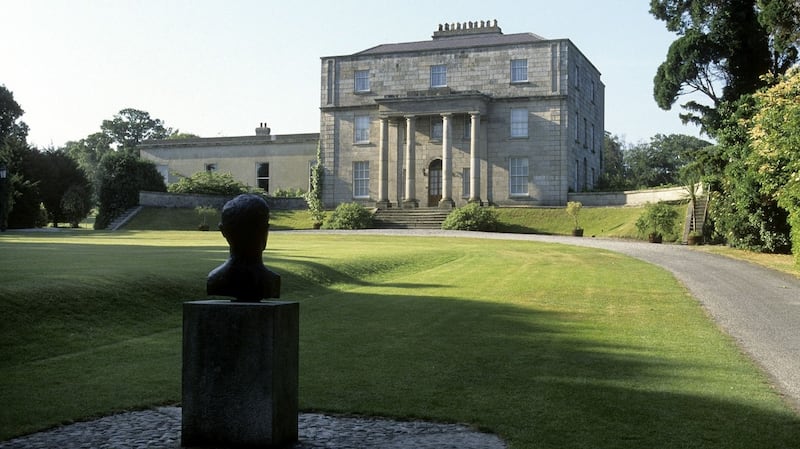
St Enda's and Pearse museum – The OPW also manages Pearse's old school and home in Rathfarnham, Co Dublin, St Enda's, which now houses the Pearse Museum. This imposing 18th-century porticoed mansion is a far cry from the cottage, but the setting, in 50 acres of romantic gardens and parkland with a backdrop of the Wicklow mountains, is equally spectacular.
The director of the Botanic Gardens, Matthew Jebb, also oversees St Enda's and for him the allure is "the site's connection to both Pearse and Robert Emmet, who used to court Sarah Curran in the grounds. There's a thrill to walking in the footsteps of two major characters in Irish nationhood. One can imagine Pearse pacing the grounds, summoning up the spirit of rebellion. We've all experienced how walking is the perfect way of raising ideas."
You can roam around the old dorms, schools room and living quarters, or immerse yourself in the historical records of Patrick and his brother, Willie Pearse, or else roam the wooded parklands of St Enda's Park, wandering the wild river valley and searching out 18th- and 19th-century follies. There is also a Schoolroom Café and a wildlife Nature Study Room.
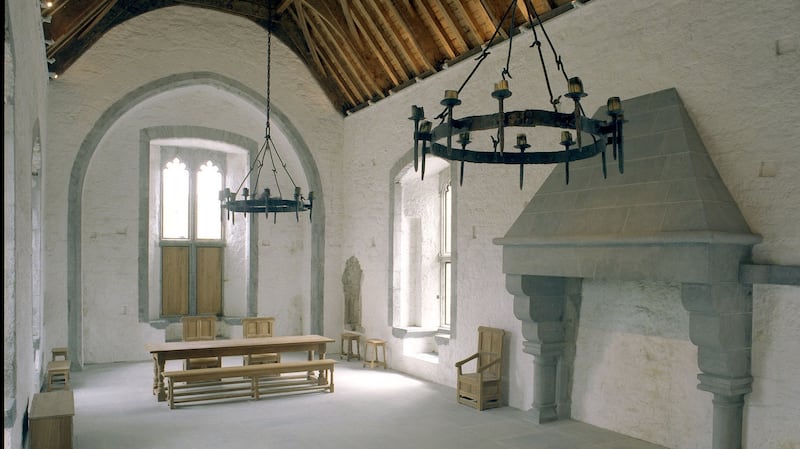
Desmond Hall in Newcastle West, Co Limerick, is one of finest surviving secular medieval buildings in Ireland. It was built in the 15th century by the Earls of Desmond for banqueting and entertainment. With its restored oak musicians' gallery, limestone-hooded fireplace and vaulted lower chamber, you get a visceral sense of the revelry and gluttony that took place here. The OPW manager for north Munster sites, Pádraig Ó Ruairc, points out that visitors who've been to Adare and Bunratty are amazed that a castle of this quality is entirely free to enter, and with a free guided tour. He urges visitors to "be conscious of the many uses these buildings have had over the centuries – as a Freemasons Hall, a barracks, a boxing club, and cinema. We've a photo of Michael Collins here a week before he was killed and found guns underneath the floorboards. It was the highly flammable nitro-glycerine film-stock for the cinema that led to the burning of the hall in 1968."
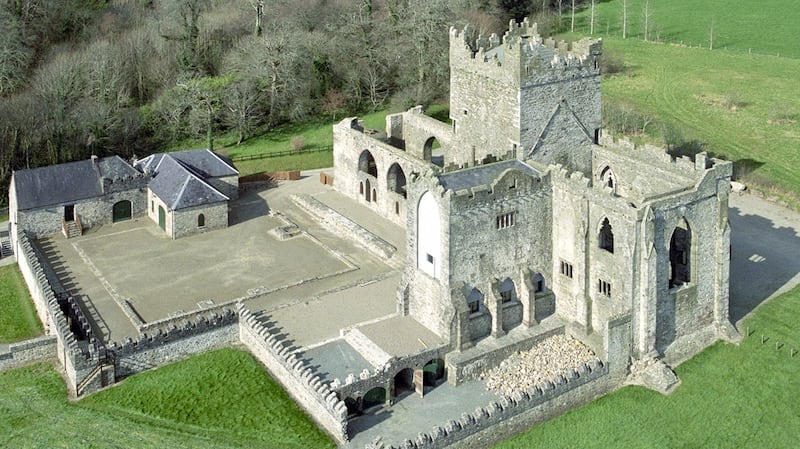
Tintern Abbey in Co Wexford is an oddity in that, having been one of the richest and finest Cistercian monasteries with enormous acreage and patronage from the wealthiest Norman families, it then re-imagined itself after King Henry VIII's dissolution of all monasteries in the 16th century. Floors, stairs and oak panelling were installed to convert the abbey into a private dwelling for the Colclough family, who lived there for the next 400 years until giving it to the State in 1956. There is a large and spectacular walled garden being restored on the grounds that is worth exploring too.
The garden and grounds were most likely designed by John Colclough, who the OPW regional supervisor, Breda Lynch, believes is one of the more interesting characters associated with Tintern. "He was killed in a duel in 1807 and was quite a progressive character. He designed the meandering avenue that offers a brief tantalising glimpse of the abbey before hiding it again in a curve of the road. Take note of how his careful tree-planting lures you towards the site, and then presents the buildings as a sudden spectacle."
For Lynch, one of the elements that makes Tintern so remarkable is that “it is the only place in the country that has a continuity from the Cistercian to the modern period; first as a monastic estate, then a landed estate and now a public amenity. There is nowhere else you’ll find that. If you come, make sure not to miss out on the interior. The tower is where the grace and extravagance of the building are at their finest, and in particular the Colclough Library over the Lady’s Chapel.”
These seven sites are just a random selection from the 76 principal sites and 780 national monuments. There are so many other gems awaiting discovery and as Irish citizens we owe it to ourselves to get to see as many as possible – our taxes are paying for them after all. Setting a goal of seeing three or four a year would get you through them all within two decades. Many are open year-round and most have an entrance fee, except on the first Wednesday of every month, when entry to almost all OPW sites is free.
www.heritageireland.ie
The
experts’
choice
Conor Newman, archaeologist and former Heritage Council chairman
"Fahan Mura, Co Donegal, is an absolute gem; the most splendid cross-slab on this island. Both faces are decorated with the most amazing and accomplished ribbon-interlace crosses. On the west face, two profiled figures stand either side of the shaft. There are tantalising hints of lettering on their cloaks but this has never been deciphered and, unfortunately, won't ever be, because of the alarmingly rapid deterioration of the slab over the last 20 years. While today's and tomorrow's generations will never see the slab in the same detail as was possible even 25 years ago, saving what remains of this uniquely important early medieval sculpture should be a national priority."
Dr Peter Harbison, archaeologist and author of the Guide to the National Monuments of Ireland
"The High Cross at Durrow, now moved into an older deconsecrated church, is worth a visit. Also, Moone Cross in Co Kildare, with its wonderfully stylised carvings illustrating the Old and New Testaments. Other places slightly off the beaten track that are well worth visiting include Drombeg Stone Circle in Co Cork, the Rahan churches in Co Offaly and Castle Roche, Co Louth, one of the most impressive Irish castles when seen from below.
Frank Shalvey, OPW Heritage Services
"Kells Priory in Kilkenny is a really unique site, in that it's a fortified monastery – relatively rare in Ireland and practically intact for the most part. The site includes a number of the usual monastic buildings forming the Augustinian house founded originally in 1193, all of them painstaking conserved by OPW craftsmen; but the real eye-opener for visitors is the enclosure known as the Burgess Court, an area surrounded by a huge wall interspersed with seven large tower houses. The wall encloses a space of over three acres in total and makes Kells Priory look more like a fortress than a place of worship."



